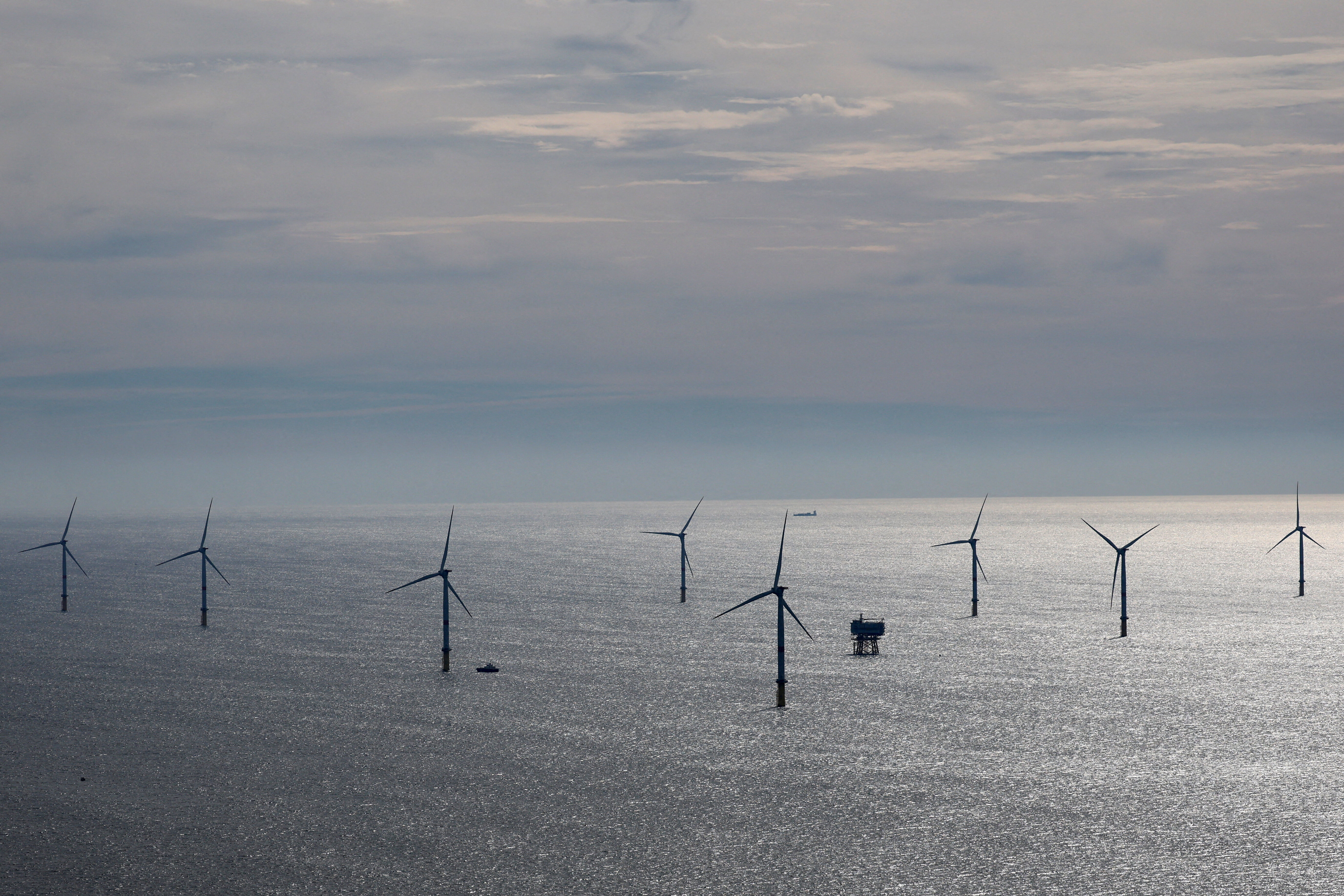Could high inflation make a comeback?

Is the era of high inflation gone forever? In a world of slow growth, high debt and tremendous distributional pressures, whether inflation is dead or merely dormant is an important question. Yes, massive institutional improvements concerning central banks have created formidable barriers to high inflation. But a significant part of a central bank’s credibility ultimately derives from the broader macroeconomic environment in which it operates.
In the first half of the 1990s, annual inflation averaged 40% in Africa, 230% in Latin America, and 360% in the transition economies of Eastern Europe. And, in the early 1980s, advanced-economy inflation averaged nearly 10%. Today, high inflation seems so remote that many analysts treat it as little more than a theoretical curiosity.
They are wrong to do so. No matter how much central banks may wish to present the level of inflation as a mere technocratic decision, it is ultimately a social choice. And some of the very pressures that helped to contain inflation for the past two decades have been retreating.
In the years preceding the financial crisis, increasing globalization and technological advances made it much easier for central banks to deliver both solid growth and low inflation. This was not the case in the 1970s, when stagnating productivity and rising commodity prices turned central bankers into scapegoats, not heroes.
True, back then, monetary authorities were working with old-fashioned Keynesian macroeconomic models, which encouraged the delusion that monetary policy could indefinitely boost the economy with low inflation and low interest rates. Central bankers today are no longer so naive, and the public is better informed. But a country’s long-term inflation rate is still the outcome of political choices not technocratic decisions. As the choices become more difficult, the risk to price stability grows.
A quick tour of emerging markets reveals that inflation is far from dead. According to the International Monetary Fund’s April 2014 World Economic Outlook, inflation in 2013 reached 6.2% in Brazil, 6.4% in Indonesia, 6.6% in Vietnam, 6.8% in Russia, 7.5% in Turkey, 8.5% in Nigeria, 9.5% in India, 10.6% in Argentina, and a whopping 40.7% in Venezuela. These levels may be a big improvement from the early 1990s, but they certainly are not evidence of inflation’s demise.
Yes, advanced economies are in a very different position today, but they are hardly immune. Many of the same pundits who never imagined that advanced economies could have massive financial crises are now sure that advanced economies can never have inflation crises.
More fundamentally, where, exactly, does one draw the line between advanced economies and emerging markets? The Eurozone, for example, is a blur. Imagine that there was no euro and that the southern countries had retained their own currencies – Italy with the lira, Spain with the peseta, Greece with the drachma, and so on. Would these countries today have an inflation profile more like the United States and Germany or more like Brazil and Turkey?
Most likely, they would be somewhere in between. The European periphery would have benefited from the same institutional advances in central banking as everyone else; but there is no particular reason to suppose that its political structures would have evolved in a radically different way. The public in the southern countries embraced the euro precisely because the northern countries’ commitment to price stability gave them a currency with enormous anti-inflation credibility.
As it turned out, the euro was not quite the free lunch that it seemed to be. The gain in inflation credibility was offset by weak debt credibility. If the European periphery countries had their own currencies, it is likely that debt problems would morph right back into elevated inflation.
I am not arguing that inflation will return anytime soon in safe-haven economies such as the US or Japan. Though US labour markets are tightening, and the new Fed chair has emphatically emphasized the importance of maximum employment, there is still little risk of high inflation in the near future.
Still, over the longer run, there is no guarantee that any central bank will be able to hold the line in the face of adverse shocks such as continuing slow productivity growth, high debt levels, and pressure to reduce inequality through government transfers. The risk would be particularly high in the event of other major shocks – say, a general rise in global real interest rates.
Recognizing that inflation is only dormant renders foolish the oft-stated claim that any country with a flexible exchange rate has nothing to fear from high debt, as long as debt is issued in its own currency. Imagine again that Italy had its own currency instead of the euro. Certainly, the country would have much less to fear from an overnight run on debt. Nevertheless, given the huge governance problems that Italy still faces, there is every chance that its inflation rate would look more like Brazil’s or Turkey’s, with any debt problems spilling over faster price growth.
Modern central banking has worked wonders to bring down inflation. Ultimately, however, a central bank’s anti-inflation policies can work only within the context of a macroeconomic and political framework that is consistent with price stability. Inflation may be dormant, but it is certainly not dead.
Published in collaboration with Project Syndicate
Author: Kenneth Rogoff, Professor of Economics and Public Policy at Harvard University and recipient of the 2011 Deutsche Bank Prize in Financial Economics, was the chief economist of the International Monetary Fund from 2001 to 2003.
Image: A 20 lira banknote is seen through a magnifying lens in this illustration picture taken in Istanbul January 28, 2014. REUTERS/Murad Sezer
Don't miss any update on this topic
Create a free account and access your personalized content collection with our latest publications and analyses.
License and Republishing
World Economic Forum articles may be republished in accordance with the Creative Commons Attribution-NonCommercial-NoDerivatives 4.0 International Public License, and in accordance with our Terms of Use.
The views expressed in this article are those of the author alone and not the World Economic Forum.
Stay up to date:
Economic Growth
Forum Stories newsletter
Bringing you weekly curated insights and analysis on the global issues that matter.
More on Economic GrowthSee all
Rishika Daryanani, Daniel Waring and Tarini Fernando
November 14, 2025







